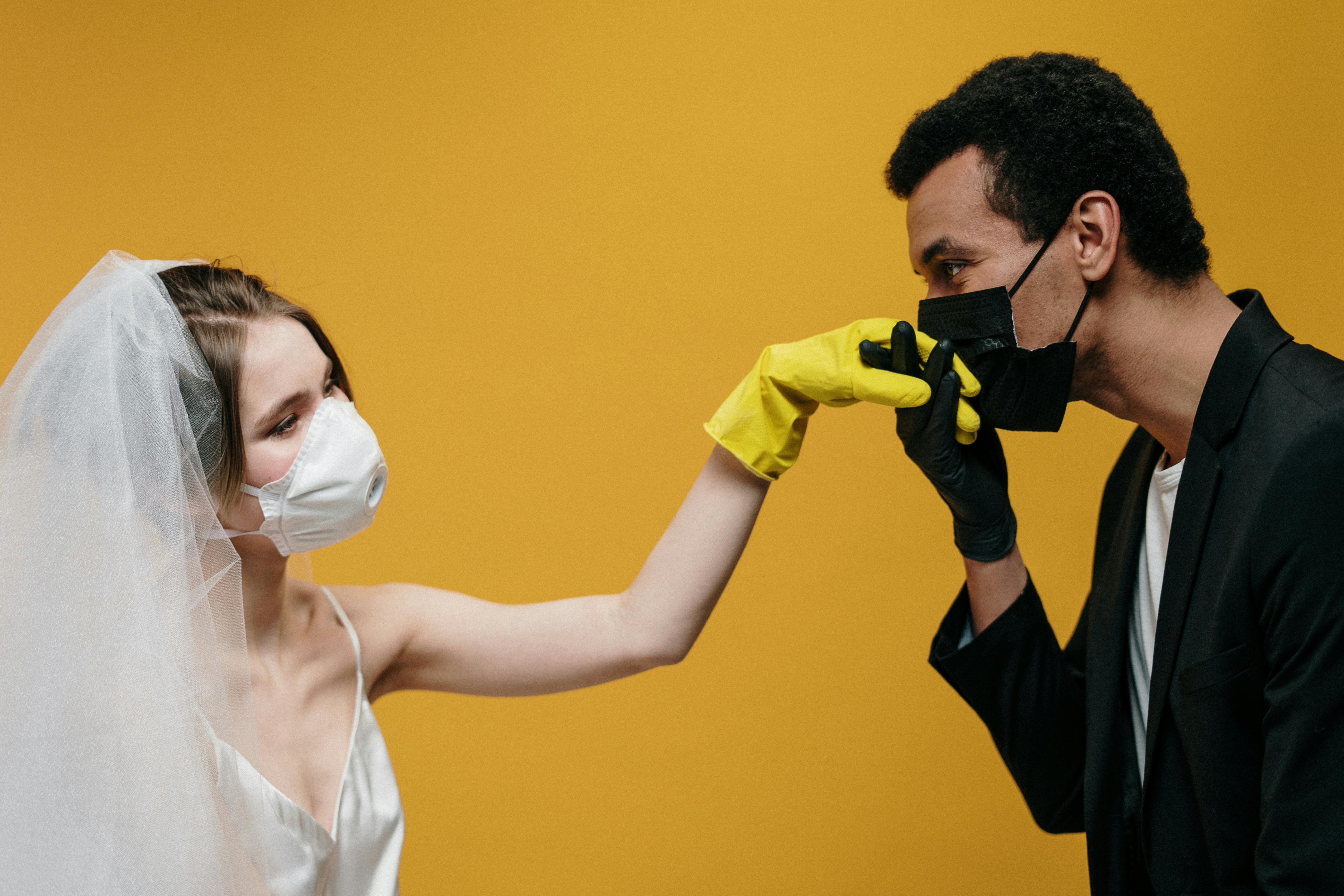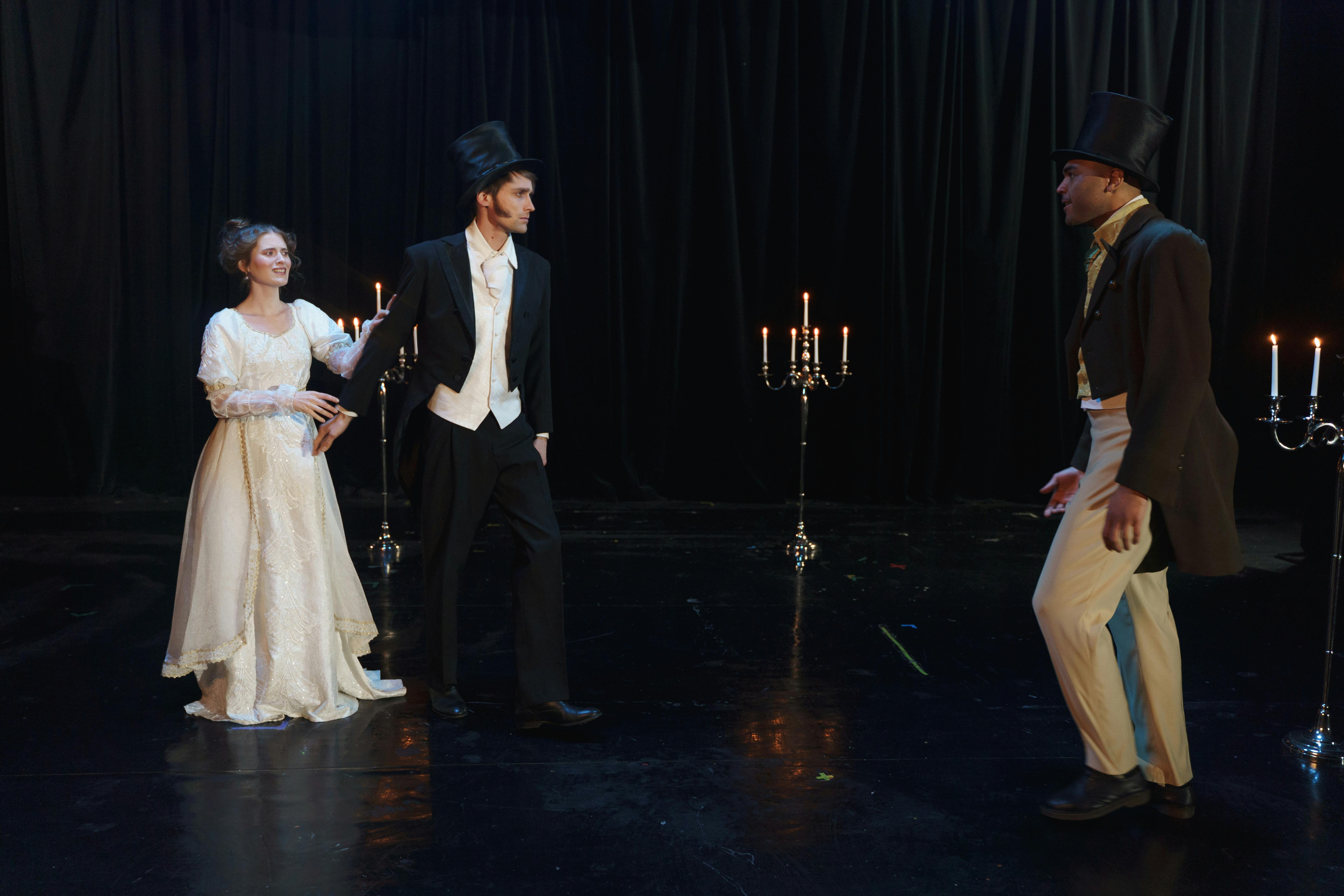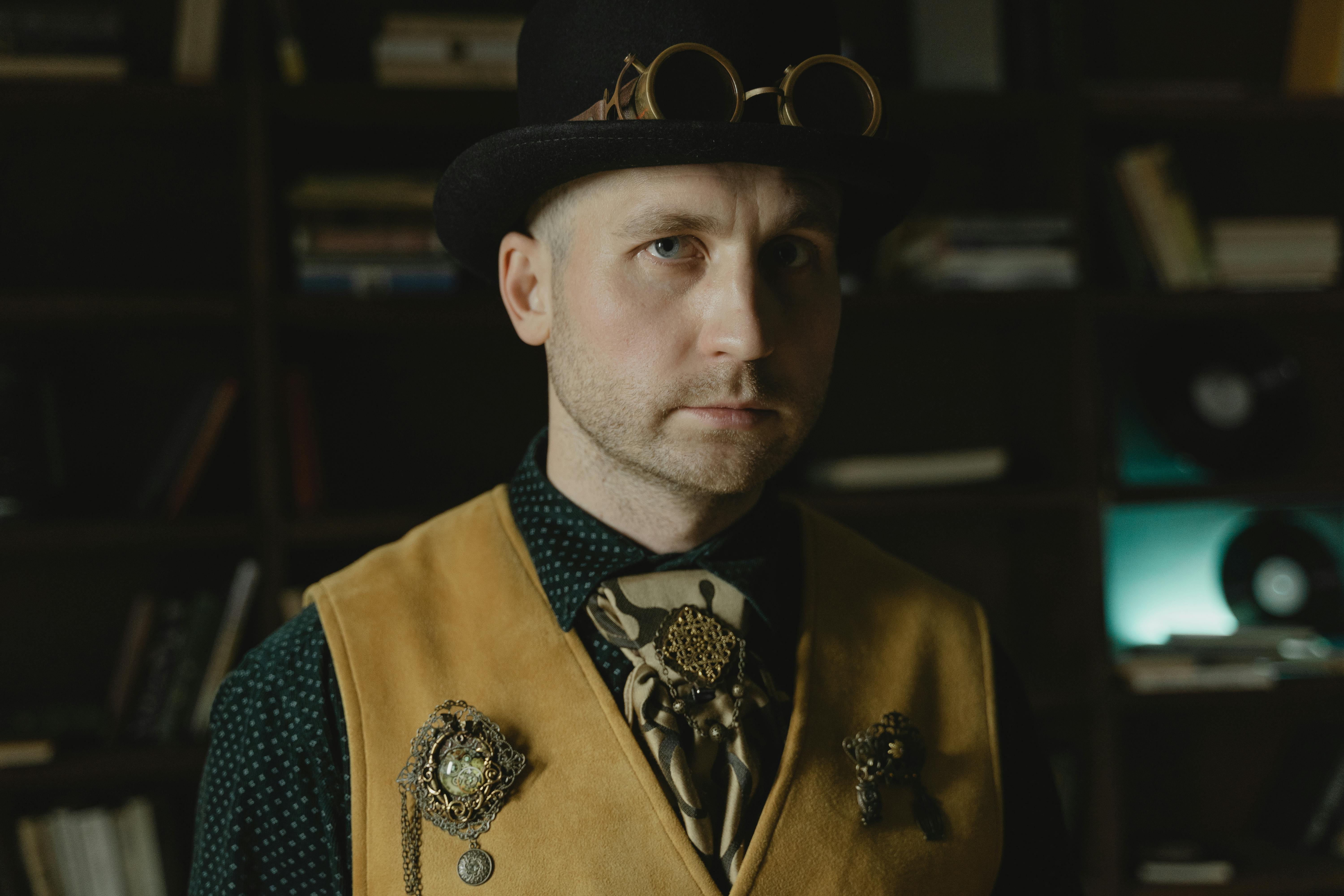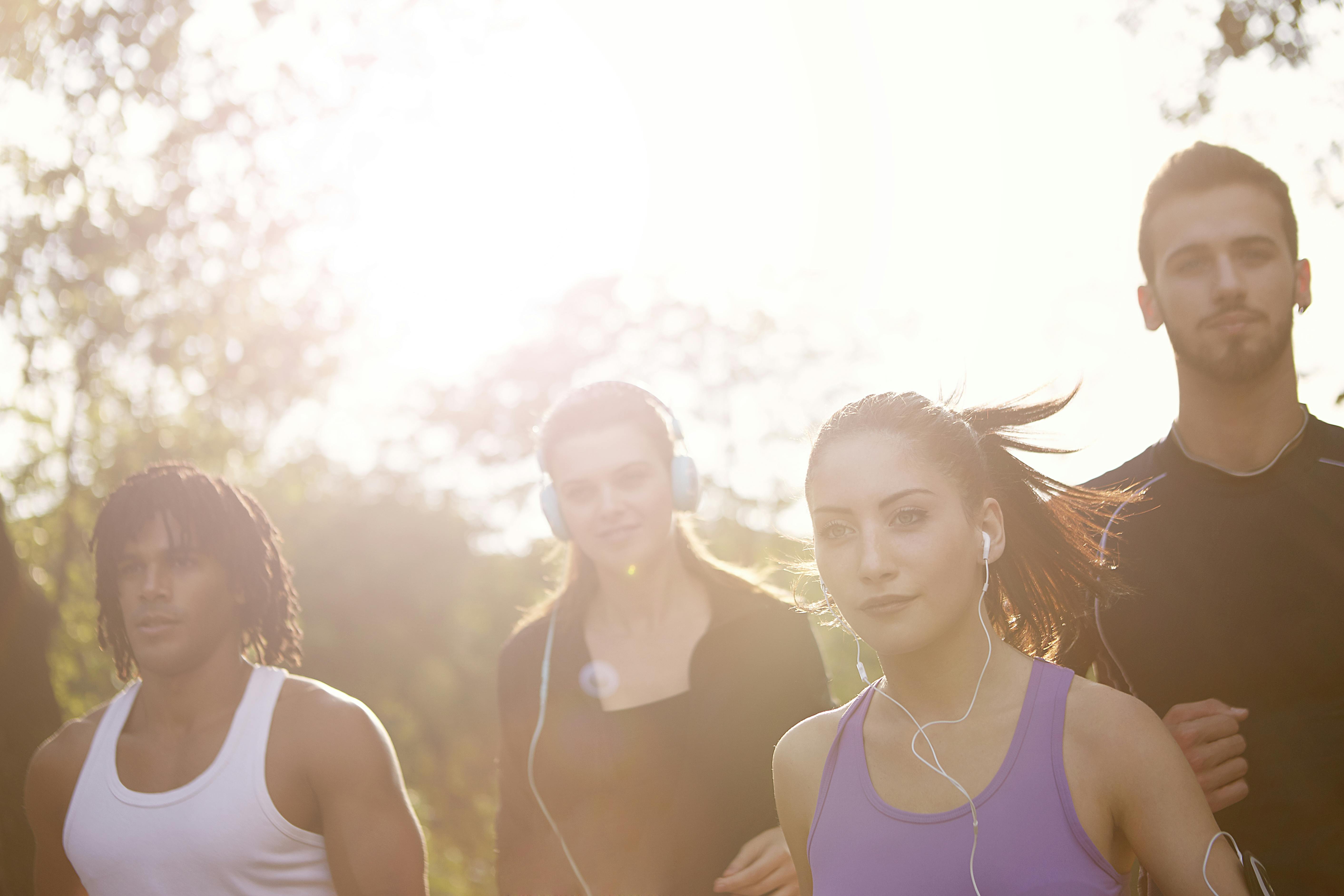DOUBLE BLIND MEDICINE:
When the doctor and the patient are
both in the dark
I met a dermatologist the other day who gave me goosebumps. He was in his early thirties, he was tall, thin and serious, like many doctors these days. But what stood out the most was a stunning, full-color, fresh-looking tattoo on his right arm that snaked from his wrist, circled his forearm, and slid under his short-sleeved shirt into unknown anatomical areas. I think he also had a tattoo on his left arm, but I was too stunned at the time to take note.
Now, you might think, like me, that a tattooed dermatologist is an oxymoron. It doesn’t take much imagination or internet research to figure out that tattoos are bad for your skin.
The most obvious problem is that the tattoo is done by puncturing the skin, which leads to trauma to the skin and the risk of infection. Interestingly, there is research linking skin lesions from tattoos and vaccinations as the cause of numerous skin reactions, including cancer.
The 2014 article, “Tattoo Sites and Vaccination: Possible Nest of Opportunistic Infections, Tumors, and Dysimmune Reactions,” in the journal Clinical Dermatologyexplains that, “Both dermal tattoos and vaccine injections can alter local immune responses, creating an immunocompromised district at or near the placement site. This can lead to the development of opportunistic infections, benign and malignant tumors, and local dysimmune reactions. A variety of tumors including basal and squamous cell carcinomas, keratoacanthomas, and malignant melanoma have also been reported in association with tattoos… Vaccination sites provide a similar setting for benign and malignant tumors.”
The inks used are also a problem, causing allergies and exposure to heavy metals. It is quite common for people to have an allergic reaction to the dyes used in tattoos. Ink is actually full of many chemicals and unnatural ingredients that can irritate a person’s skin.
There is also a link to skin cancer. When it comes to cancer, black ink can be especially dangerous because it contains a very high level of benzo(a)pyrene. Benzo(a)pyrene is currently listed as a carcinogen by the International Agency for Research on Cancer (IARC). Black ink is the most commonly used color for tattooing.
You might think that this doctor got his tattoos before he became a doctor, so he didn’t know any better. But this was a new tattoo. And she was flaunting it, not hiding it.
Tattoos are common these days and are all the rage in certain circles. Doctors want to look good, just like everyone else. They grew up like everyone else, exposed and brainwashed by the same cultural messages. They simply choose to pursue medicine.
I also knew a cardiologist who smoked cigarettes. He was also very overweight and ate a big, juicy hamburger and fries for lunch. Of course, being obese, smoking, and eating fried foods can increase heart disease.
An obese, smoking cardiologist eating fast food makes about as much sense as a tattooed dermatologist.
Perhaps these doctors are drawn to their specialties because they know they will need specialty treatment because of their lifestyles? It’s like when neurotics with mental problems become psychologists or psychiatrists.
What about female doctors who constrict their breasts with tight bras for long hours every day? There are many women who are experts in breast health, including breast surgeons, who wear bras that damage the breasts. His medical training never mentioned tight clothing as a cause of circulatory impairment and lymphatic stasis. These doctors voluntarily immobilize and alter the shape of your breasts, hide your nipples, and basically redesign the appearance of your breasts for cultural reasons, and they do so despite the documented harms caused by bras, including breast pain, cysts and cancer. Wearing bras is something that all women, even doctors, are culturally expected to do.
Is this hypocrisy? Should we expect doctors to be role models of health and healthy lifestyles?
More basically, when we seek help, does it matter if the one helping us is in the same mess as us? In other words, can you trust a lifeguard from someone who is in the same boat as you?
We look for help in many places.
Would you go to a priest who was a known pedophile?
Would you use a mechanic whose car is broken down?
Would you go to a barber who is having a “bad hair day”?
Would you use a plastic surgeon who has a big nose, a bulging chin, and facial scars?
How about eating at a restaurant where the cook is absent due to food poisoning?
You can also go to a health food store and buy chips, coffee, candy, wine, beer, and many other unhealthy things.
Then there are the addiction recovery programs that offer coffee for everyone, one of the most addictive substances we consume.
Clearly, there is a problem here. We live in a culture where there are many products and activities that can harm us. In fact, the biggest cause of illness and death is culture and everything bad that teaches us to think, do and feel. We absorb these cultural messages from the womb onward, as our nature is modified by our culture.
This applies to everyone. It also includes doctors. Just because someone studied medicine does not mean that they personally eliminated all harmful cultural practices in their lives. The same cultural causes of illness that fill their waiting rooms also fill their personal lives. In fact, the medical culture is even worse for doctors.
For some unclear reason, the medical system exploits doctors with long hours and day and night shifts without sleep. Doctors are rushed and pressured, grabbing unhealthy snacks on the go. They are tempted to abuse drugs to get by, but can settle for 10 to 20 cups of strong coffee. They are also tempted to use drugs to relax, but can settle for a few alcoholic beverages. They have little recreation time, or time with their families. And depending on their specialty, they are exposed daily to infectious disease, death, radiation, the soul-robbing sights and smells of hospitals, and the depression of treating endless lines of sick people, often using treatments they don’t do. no good, and for conditions that have no known cause.
Clearly, being a doctor can make you sick, mentally and physically. It is no wonder why there are so many physician suicides. Practicing medicine is slow suicide.
This also means that doctors are not the ones telling patients to clean up their lifestyle. The doctor’s lifestyle is at least as bad, and actually worse. They participate in the same unhealthy culture as everyone else, are addicted to many of the same things, and suffer from the same psychological and physical problems. But they are the ones who are meant to deal with those problems.
This is a basic reason why medicine does not emphasize lifestyle or other cultural causes of disease. How can doctors tell patients not to do things they do themselves?
This is also the reason why many discoveries of the cultural causes of diseases go unrecognized by medicine. For example, when it was culturally accepted that smoking was safe and good for health, everyone smoked, including doctors. In the 1950s, there were tobacco company advertisements using doctors to promote smoking. New research showing that smoking caused lung cancer was ignored, ridiculed and vehemently opposed by many in the medical profession.
No one likes to be told that what they are doing is wrong and could harm them, especially doctors who are considered health experts. Telling smoking doctors that their habit is really bad is a challenge to their authority. And how can they tell patients who smoke to quit?
Another example can be found in today’s debate about the health dangers of bras and their relationship to breast cancer. I know this topic personally, as a co-investigator, with my wife Soma Grismaijer, of the world’s first study focused on the bra-cancer link. We announced our results in the 1995 book, Dressed to Kill: The Link Between Breast Cancer and Brasnow updated for 2018.
There are now many studies internationally linking breast cancer to the use of tight bras.
Essentially, women who don’t wear bras have about the same risk of breast cancer as men, while the tighter and longer the bra is worn, the greater the risk, at more than 100 times higher for a bra wearer 24/7 compared to one who doesn’t wear a bra. women.
But this information still resists a culture that has become as addicted to bras as it had been to cigarettes. Women have been conditioned to believe that they need artificially shaped breasts to be acceptable in public. Even doctors have accepted that message. Under the spell of the lingerie industry, the thought of being braless in public sends chills down the spine of women who would feel naked and embarrassed if their breasts weren’t supported by a bra.
As a result, the topic of bras is still relegated to fringe and alternative health groups, though women are now wondering why they need to wear bras in the post-#MeToo world. Should women’s breasts be constantly sexualized by pushing, squeezing, poking, pinching, compressing, constricting, dividing, and lifting breasts with bras? Many women are now saying no.
Ironically, many female doctors who wear bras insist that under no circumstances can bras cause disease, especially cancer. The reason is that they cannot imagine themselves without support at work, which is a logical conclusion from this information. If they realized that bras were causing illness, then they would have to defend their bra habit.
This means that there is an additional problem caused by doctors who are just as ignorant as everyone else about unhealthy lifestyles. Not only does the doctor with bad lifestyles model bad lifestyles, but that doctor may also be personally and psychologically involved in defending those bad lifestyles. They don’t want to stop doing what everyone else is doing too. They want to belong, just like everyone else, even if that means smoking, drinking, or engaging in other harmful behaviors.
But his denial carries weight with patients. Physicians implicitly model and teach by their own behaviors.
Should doctors be required to practice the latest lifestyle trend supposedly to improve health and prevent disease? Before something like this can be considered, the biggest obstacle for doctors is their own medical culture that abuses them and drives them to depression and suicide. As long as the institutional and corporate powers that control medicine continue to abuse doctors with a harmful medical culture, don’t expect medicine to be culture-centric.
Medical culture is a glass house that will not throw stones at pop culture.
And since the medical industry benefits from detecting and treating the resulting diseases, there is actually a financial incentive to maintain the cultural status quo, even if that culture is also killing doctors. There are many more pre-med students waiting to take your place.
This is a double blind medicine. Both patient and doctor are in the dark. It is the blind leading the blind, except that the blind leaders deny their blindness and mock those who see the light.









